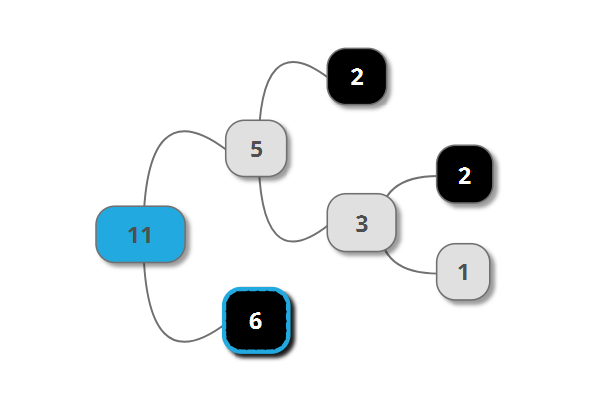The title could be a little bit confusing, and it is not easy to summarize it within a sentence, therefore I will explain it in detail below. If you have any thoughts on optimizing and rephrasing the title, please tell me in your answer then I will try to make the title much clearer.
Suppose we have a list of integers $x_1, x_2,\ldots,x_n$, what we want to find is the smallest integer $y$ such that all the given integers can be found through the process of dividing $y$ by 2 (on the division tree). More specifically, the results of dividing $y$ by 2 are 2 integers: $⌊y/2⌋$ and $⌈y/2⌉$.
Example: for integers 1, 1 and 3, it is easy to prove that the lower bound of y is the sum of them, 5. As for 5, we can get all the integers we want by dividing itself: dividing 5 we get 2 and 3, where 3 is an integer we want; dividing 2 we get 1 and 1, all of which are expected results. Therefore, all the integers we want can be found in the process, 5 is the smallest integer $y$ we want.
Another example: for integers 2, 2 and 6, the lower bound of y is 2+2+6=10, but 10 is not a suitable candidate for y since 10÷2=5<6, it cannot generate 6 in the process. However, if we plus 1, then 11 is the dream y we want. An illustrational graph is shown in the link: 
Notice that once we get an integer we want on the division tree (i.e. for the 2nd example above, get 6 in a branch of 11), we should accept it as a part of the result, stop dividing it and concentrate on results on the other branch. There also could be some redundant integers generated (i.e. 1 for the 2nd example above), and we just leave them alone.
In all examples above, the smallest integer $y$ is found by trials, not a systematical algorithm. I just cannot come out with an algorithm to find $y$ systematically, and my question is how to find the algorithm.
